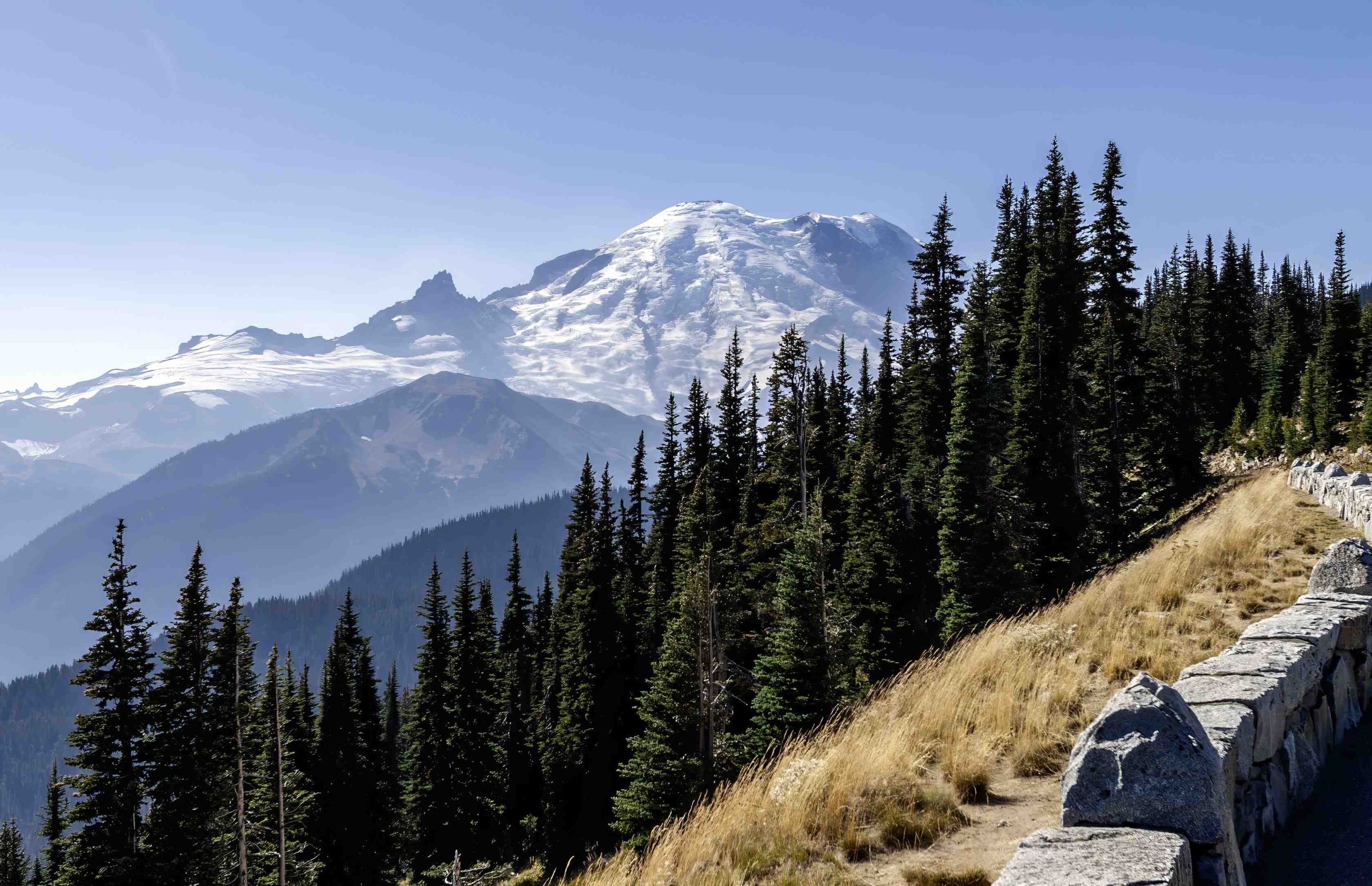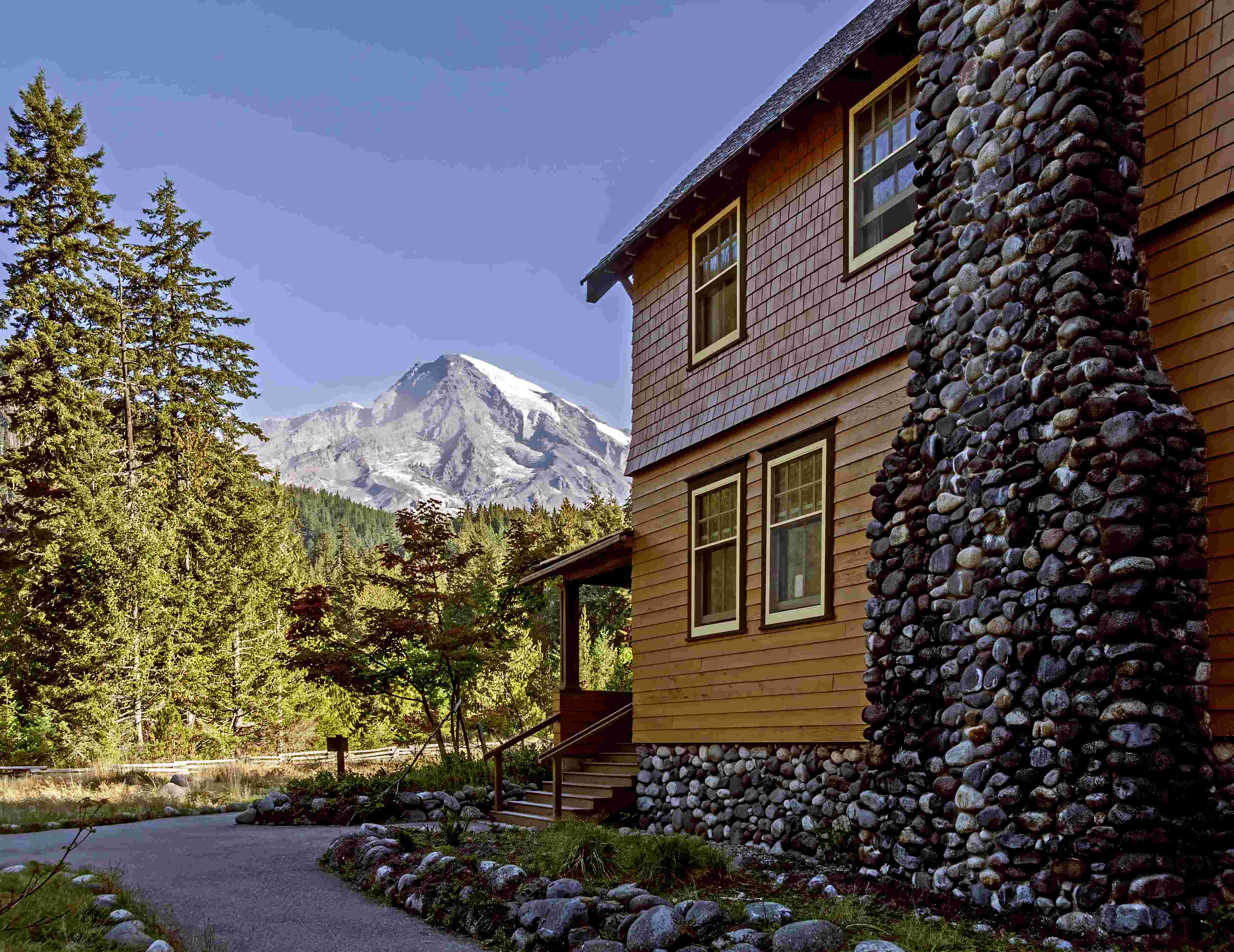The Mount Rainier Pacific Crest Trail (PCT) section offers hikers a challenging and breathtaking experience through diverse landscapes. This iconic trail segment winds through Mount Rainier National Park, showcasing stunning views of the mountain, alpine meadows, and pristine wilderness. Hikers must be prepared for varying weather conditions, potential hazards, and the need for proper permits. The Mount Rainier PCT attracts thousands of outdoor enthusiasts annually, offering a unique blend of natural beauty and physical challenge.
What Are the Current Trail Conditions on Mount Rainier PCT?

The Mount Rainier PCT trail conditions can vary significantly depending on the time of year and recent weather patterns. Here’s a breakdown of the current situation:
Fire Closures
- A recent fire near the northern terminus in the Glacier Peak Wilderness has closed approximately 30 miles of the PCT.
- An alternative route is available but described as long and challenging, including a potentially impassable river crossing after rain.
Snow Levels
- High-elevation sections are typically snow-free from mid-July to mid-October.
- Hikers should always check current snow reports before embarking on their journey.
General Hazards
- Heavy snowfall can cause trail damage during melting periods (usually late June to early July).
- River crossings are prone to washouts, requiring extra caution.
- Rapid weather changes are common, necessitating thorough preparation and up-to-date weather checks.
What Gear is Essential for Hiking Mount Rainier PCT?

Proper gear is crucial for a safe and enjoyable experience on the Mount Rainier PCT. Here’s a list of essential items:
- Sturdy, waterproof hiking boots
- Layered clothing (including waterproof jacket and warm insulation)
- Navigation tools (map, compass, GPS device)
- Comprehensive first aid kit
- Water filter or treatment tablets
- High-energy, lightweight food
- Hydration pack or water bottles
- Sun protection (sunscreen, hat, sunglasses)
- Emergency shelter (tent or bivy sack)
- Headlamp with extra batteries
How to Stay Hydrated on Mount Rainier PCT?
Proper hydration is critical for hikers on the Mount Rainier PCT. Follow these strategies:
- Identify reliable water sources along the trail before your hike.
- Treat all water before consumption, even if it appears clean.
- Use a hydration pack for easy access to water while hiking.
- Drink small amounts frequently rather than large amounts infrequently.
- Monitor your urine color – clear to light yellow indicates good hydration.
What Are the Top Viewpoints on Mount Rainier PCT?
The Mount Rainier PCT offers numerous breathtaking viewpoints. Here are some of the most notable:
- Sourdough Gap
- Location: 3.5 miles from Chinook Pass
-
Views: Sheep Lake, Mount Adams, Mount Saint Helens
-
Crown Point
- Access: Hike from Bear Gap
-
Features: Panoramic views, significant elevation gain
-
American Ridge
- Visible from: Near Placer Lake
- Highlights: Stunning valley views
For the best photography opportunities:
– Aim for early morning or late afternoon for optimal lighting
– Consider overcast days for dramatic mountain backdrops
Where Are the Designated Camping Locations on Mount Rainier PCT?
Camping along the Mount Rainier PCT requires careful planning and adherence to regulations:
Within Mount Rainier National Park
- Wilderness permit required for overnight camping
- No established backcountry campsites along the PCT
- Permits available at Longmire Wilderness Information Center or Longmire Museum
Adjacent U.S. Forest Service Lands
- Camping permitted with limited amenities
- Check local regulations for specific areas
Camping Tips
- Choose sites near water sources, but treat all water before use
- Practice Leave No Trace principles
- Reserve permits in advance when possible, or obtain on a first-come, first-served basis
What Safety Precautions Should Hikers Take on Mount Rainier PCT?
Safety should be the top priority for all hikers on the Mount Rainier PCT:
- Weather Awareness
- Check forecasts before departure
-
Be prepared for sudden changes in weather conditions
-
River Crossings
- Cross early in the day when water levels are lower
-
Use extreme caution and proper techniques
-
Fire Safety
- Stay informed about fire restrictions and closures
-
Follow all guidelines provided by park rangers and the PCTA
-
Wildlife Encounters
- Store food properly to avoid attracting animals
-
Know how to react to potential wildlife encounters
-
Emergency Preparedness
- Carry a reliable communication device
- Leave a detailed itinerary with a trusted contact
By following these guidelines and staying informed about current conditions, hikers can maximize their safety and enjoyment on the Mount Rainier PCT.
